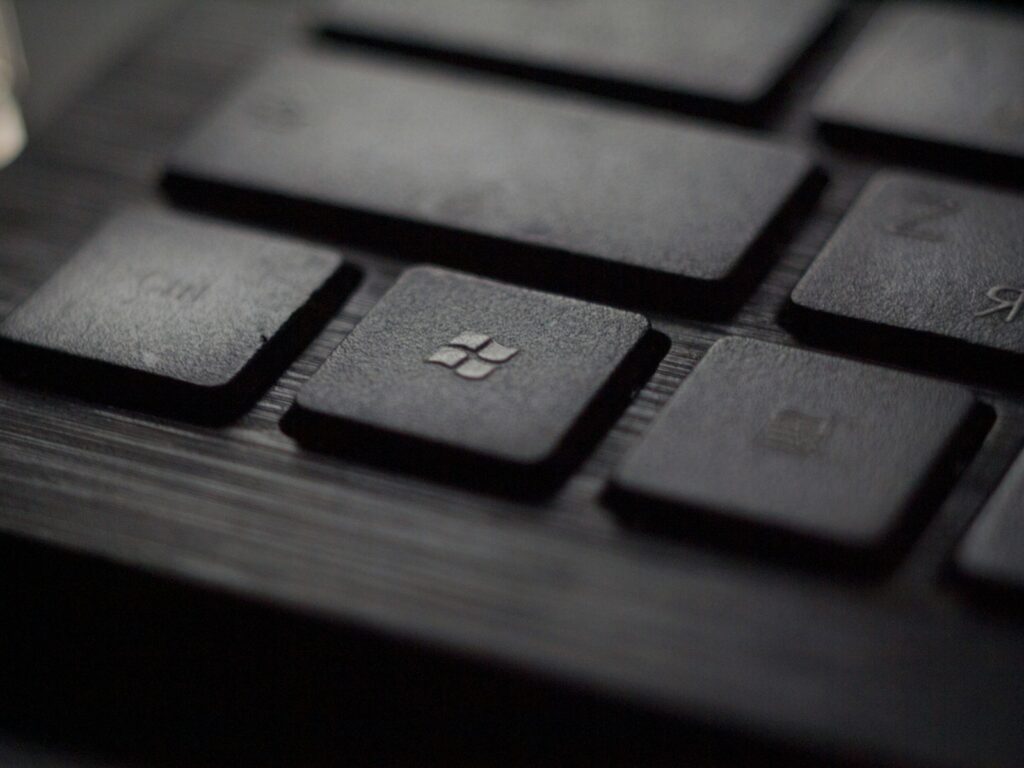Tech Expert On How To Prepare For Key Windows 10 Changes

Businesses need to prepare now for the “end of life” of Windows 10 in October, a leading technology expert has warned.
Microsoft has announced that it will be ending support for the software on 14 October, meaning that it will no longer be issuing bug fixes, security updates or any support at all for the product.
While Windows 10 will continue to function, without security patches it will be vulnerable to infection by viruses and malware.
The scale of the issues and possible impending issues is illustrated by data from Which? that discovered that 28% of businesses are still using Windows 10 despite the looming deadline.
Roy Shelton, CEO of Connectus Business Solutions, warns that organisations should be planning now to switch over to a Windows 11 or another safer product.
He said: “While October may sound like a long time away, planning now makes perfect sense to ensure that there are no major barriers to switching over to the latest version.
“The larger the organisation the greater the risk of unforeseen issues arising, of course, so it’s wise to plan a path to an upgrade.
“One of the key issues may be that new hardware is required to run a newer version, which could increase the cost and complexity of switching over.
“Running outdated software brings significant cybersecurity risks and can result in performance issues, as well as risking potential problems with regulatory compliance.”
Without security patches, businesses are vulnerable to potentially devastating ransomware and malware attacks, leading to data losses, downtime and financial losses, he warned
Businesses also need to consider the risk of third-parties logging on to outdated systems, as well as the likelihood of mobile devices being compromised, as well as network connected devices such as webcams, trackers and sensors.
Data shows that organisations that continue to use outdated software double their risk of experiencing a data breach, Mr Shelton says.
His tips for planning ahead for the end of Windows 10 are:
- plan ahead now – start planning for the transition to a new operating system or hardware in advance, factoring in issues such as hardware compatibility and data migration
- Check hardware compatibility – some older devices may not support Windows 11, so you need to make sure that an upgrade will align well with the rest of the technology used in corporate systems
- Plan for training – a new user interface and new features may require employees to undergo training to learn how to make the most of an upgrade and minimise disruption
- Budget for hardware upgrades – if there are potential issues with older hardware and devices on your network, you will need to plan for replacements
- Back up your data – make sure to back up important data to avoid losing it in case of any issues when replacing machines or upgrading software
- Partner with experts – consider partnering with IT experts who specialise in OS migrations to ensure a successful migration
Image Source: Unsplash




